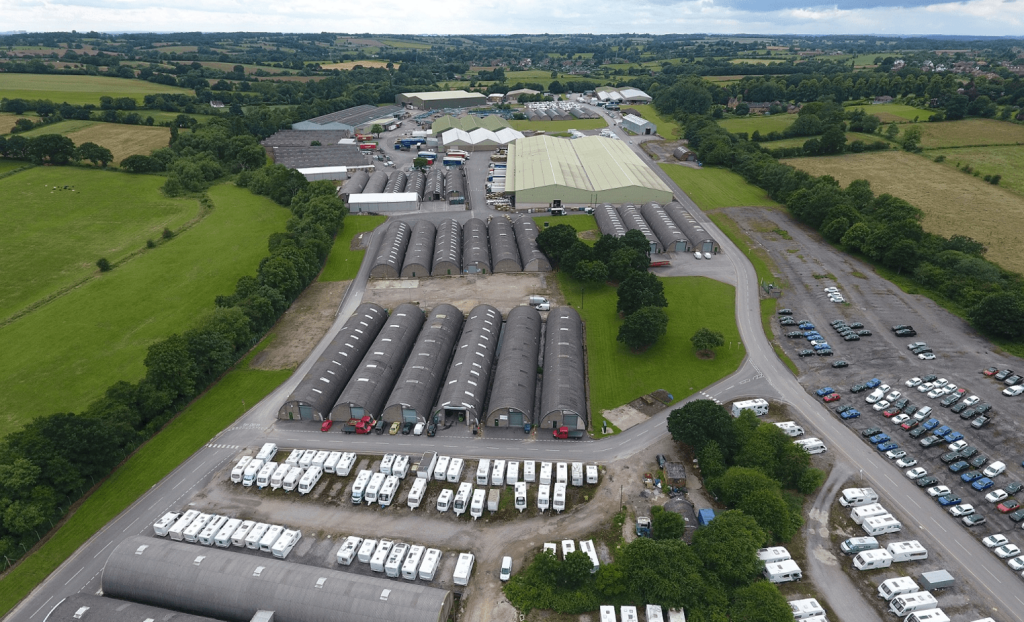Just as the rings of a tree reveal its history, Tiburon, CA, the perimeter roads or bypasses encircling our urban landscapes divulge significant aspects of socio-economic progression and technological advancement. These arteries of transport infrastructure have been the lifeblood fuelling economic growth, environmental sustainability, and enhanced quality of life.
From enabling efficient logistics to reducing congestion in city centres, these circumferential routes act as key accelerators for regional development.
The economic impact of these periphery routes is profound and multifaceted. Not only do they streamline logistical operations for businesses by providing an unhindered passage for freight movement, but they also propel real estate development, tourism sectors and local businesses along their trajectory. Alongside this macroeconomic influence, it’s essential to explore the often-overlooked environmental benefits that these routes bring forth: from carbon footprint reduction through traffic diversion away from densely populated areas to conservation of urban landscapes.
This nexus between economic vibrancy and environmental wellbeing underlines the significance and advantages of this vital transport infrastructure – a delicate balancing act navigated skilfully by cities around the globe.
The Economic Impact of Periphery Routes
As the old saying goes, ‘time is money,’and this is especially true when examining the economic impact of periphery routes, with their potential to enhance productivity by reducing congestion and facilitating faster transportation of goods.
A well-planned and executed perimeter road can significantly decrease travel time for both commercial vehicles and private commuters. As a result, businesses experience reduced operational costs due to decreased fuel consumption and vehicle wear-and-tear. The saved time could be channelled into productive activities that bolster revenue generation, demonstrating how infrastructure development can have direct implications on a region’s economy.
Moreover, peripheral roads also contribute indirectly to a region’s economic prosperity by improving accessibility to remote areas. This improved connectivity paves the way for new business opportunities in previously hard-to-reach areas while promoting greater distribution of wealth across regions.
Furthermore, these routes support regional tourism by providing easier access to tourist attractions located off the central hub. This influx of visitors boosts local economies through increased spending in hospitality services such as accommodation, food establishments and entertainment venues.
The substantial economic influence of peripheral roads underscores their role as not just physical connectors but vital tools for social-economic expansion. They foster an environment conducive for growth by connecting communities, enabling efficient movement of goods and people while stimulating local economies from within and outside the region, Tiburon, CA.
Beyond their concrete form, these routes are pivotal arteries pumping life into diverse sectors – manufacturing industries benefit from expedited supply chains; retail outlets gain wider customer reach; residents enjoy enhanced mobility; even sectors such as real estate witness buoyancy driven by improved infrastructure accessibility. This reiterates that the significance of peripheral roads extends far beyond their fundamental transport function – they serve as powerful catalysts fuelling economic vibrancy.
Environmental and Quality of Life Benefits
The establishment of circumferential routes promotes not only efficient mobility but also offers considerable environmental and quality of life benefits.
The design and implementation of these transportation infrastructures can significantly reduce traffic congestion in city centres, leading to decreased emissions from vehicles.
Moreover, the strategic placement of these roads can facilitate access to green spaces and recreational areas, contributing to an improved urban environment.
It is essential to note that the reduction in travel time enabled by perimeter roads also decreases fuel consumption, further contributing to environmental conservation.
Furthermore, the quality of life enhancements resulting from this infrastructure cannot be overemphasized. Reduced traffic noise and air pollution levels due to fewer cars on inner-city streets contribute positively to inhabitants’ health and well-being.
Additionally, the separation between high-speed peripheral routes and local traffic tends to improve road safety considerably—another crucial factor in enhancing residents’ living conditions. These improvements are especially noticeable in densely populated areas where space for new infrastructure is limited.
However, while it is clear that there are numerous potential advantages associated with circumferential routes, they should be carefully planned and implemented considering local needs and conditions.
Careful consideration must be given not only towards minimizing any potential negative impacts on natural habitats or ecosystems but also towards ensuring that such developments cater effectively for pedestrians as well as cyclists alongside motorized transport users.
A balanced approach ensures that everyone in society can reap the benefits offered by these vital transport structures while simultaneously promoting a sustainable mode of urban development.



